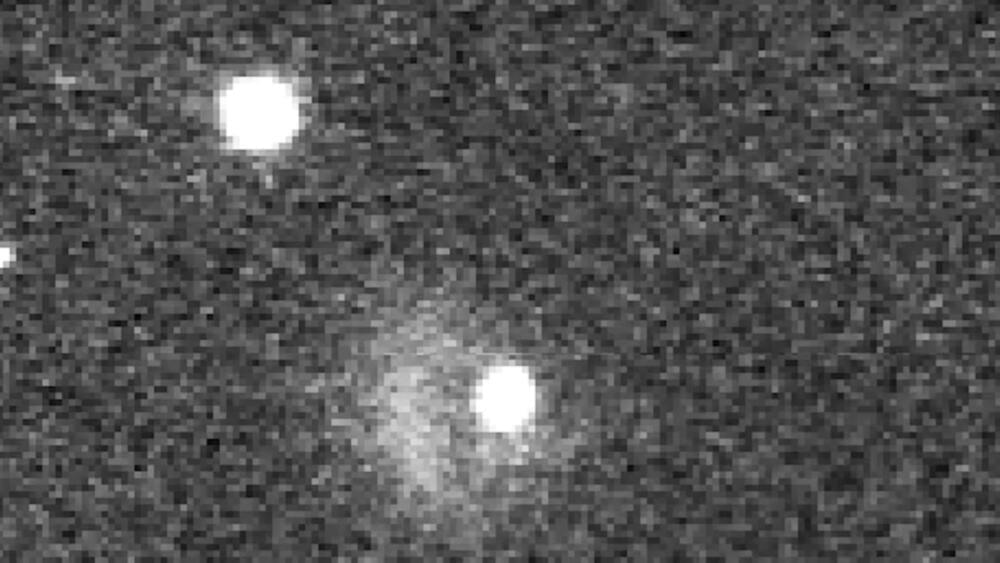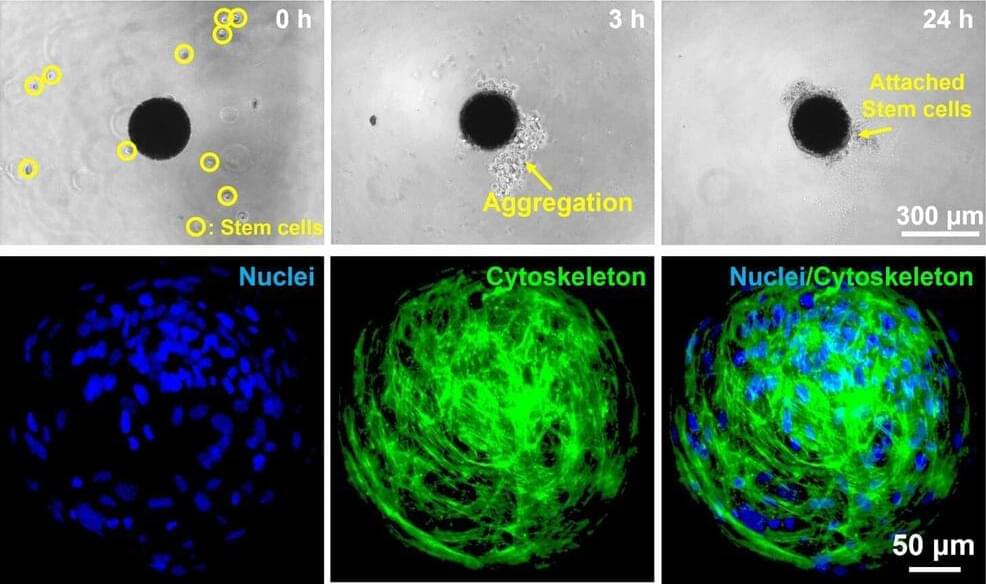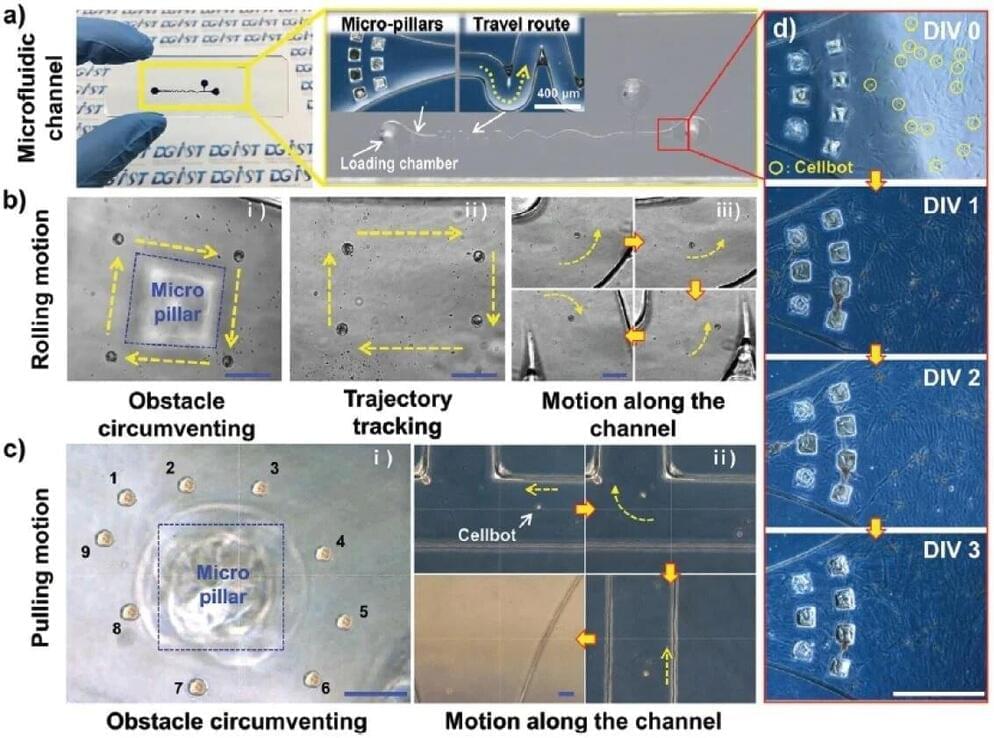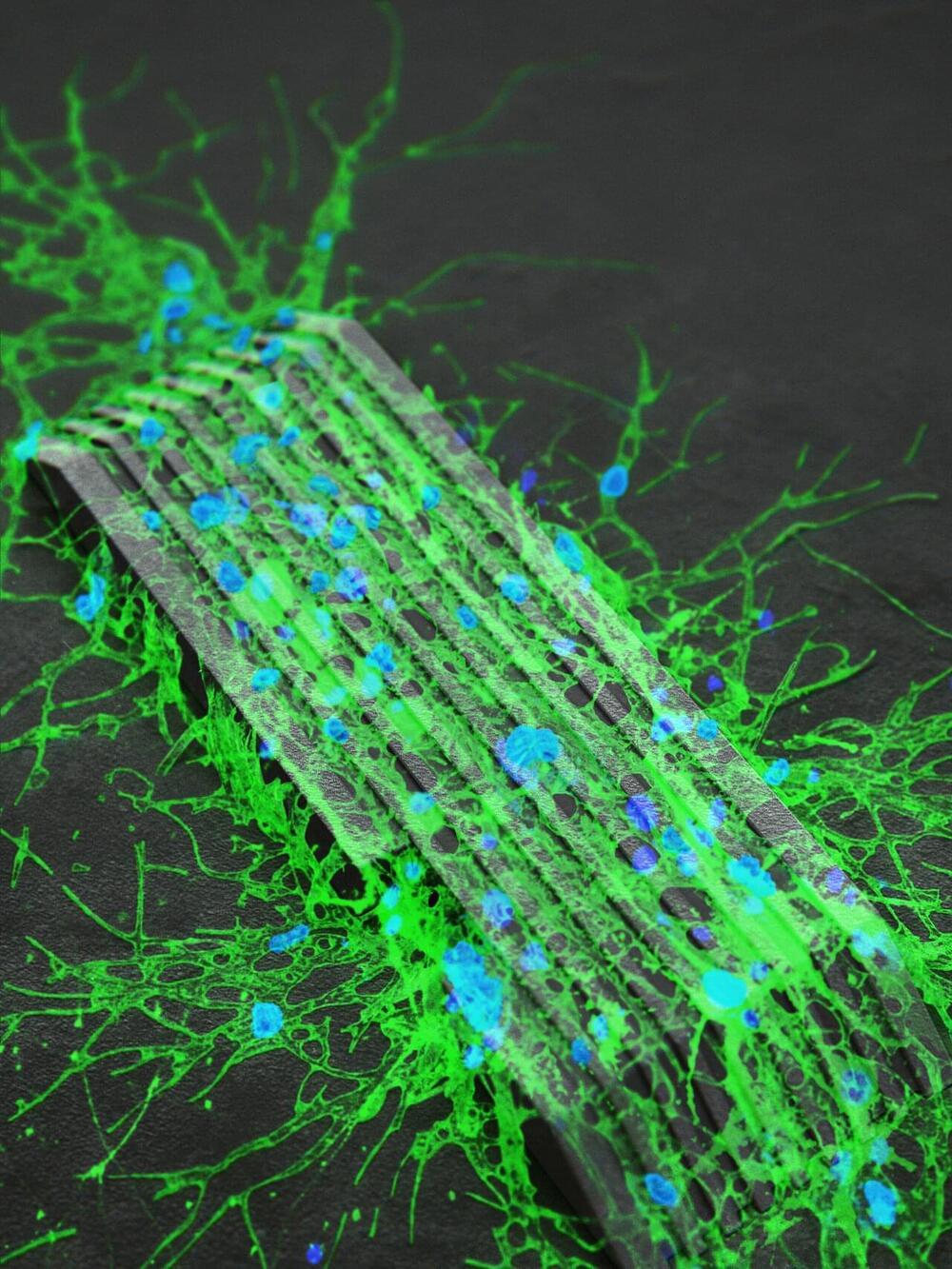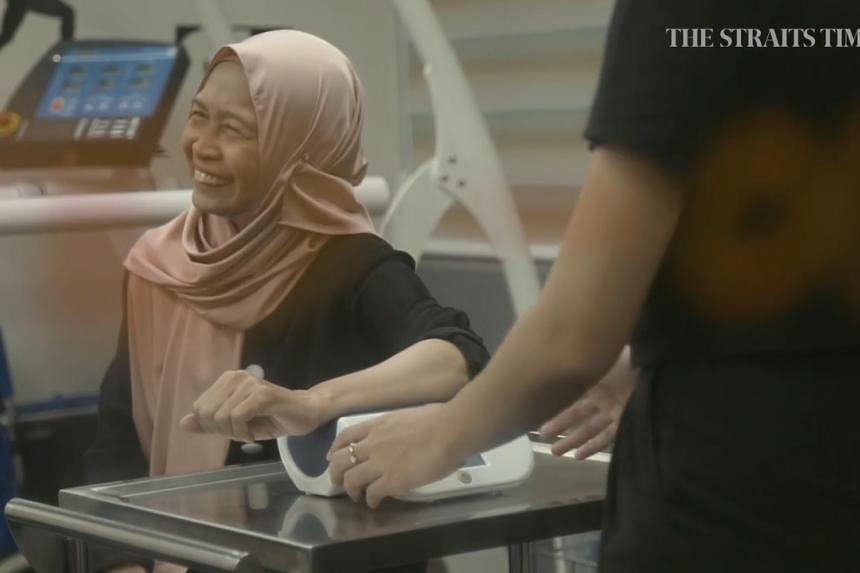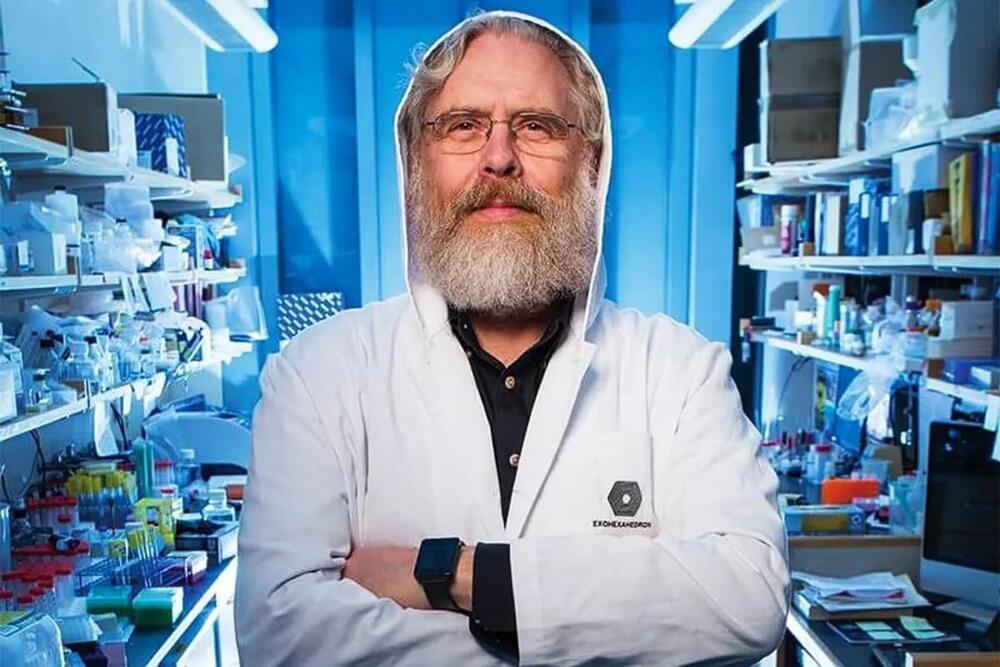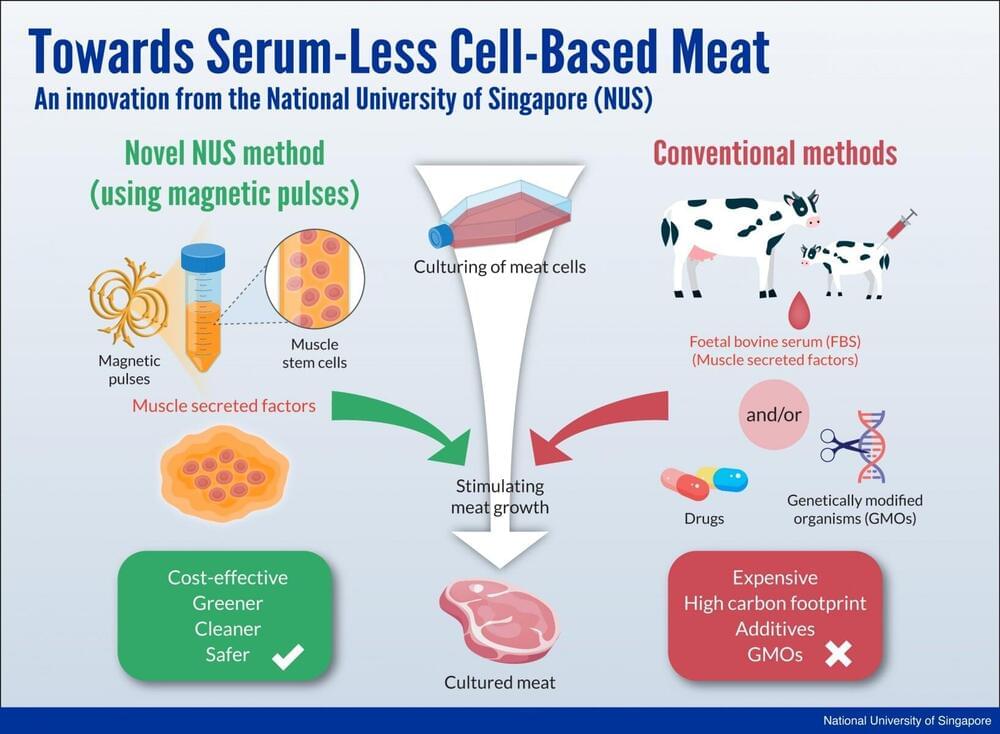Sep 27, 2022
DART asteroid impact impresses in ESA’s view from the ground
Posted by Heather Blevins in categories: asteroid/comet impacts, existential risks
Last night at 23:14 UTC, NASA’s DART spacecraft successfully struck asteroid Dimorphos, the 160-metre moonlet orbiting around the larger Didymos asteroid. About 38 seconds later, the time it took for the light to arrive at Earth, people all over the world saw the abrupt end of the live stream from the spacecraft, signalling that the impact had happened successfully – DART was no more.
Astronomers on a small slice of our planet’s surface, extending from southern and eastern Africa to the Indian Ocean and the Arabian Peninsula, could actually watch it live with their telescopes. Among those were a half dozen stations joined together for a dedicated observing campaign organised by ESA’s Planetary Defence Office and coordinated by the team of observers of the Agency’s Near-Earth Object Coordination Centre (NEOCC). As usual, when such a timely astronomical event happens, not all stations were successful in their observations: clouds, technical problems and other issues always affect real-life observations.
Continue reading “DART asteroid impact impresses in ESA’s view from the ground” »
